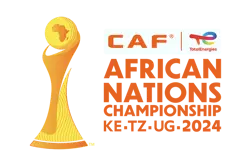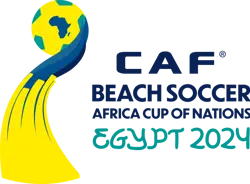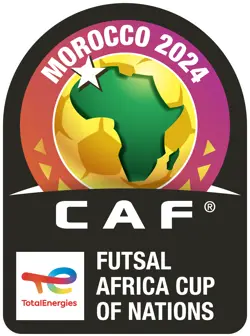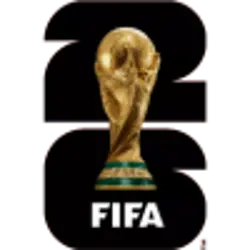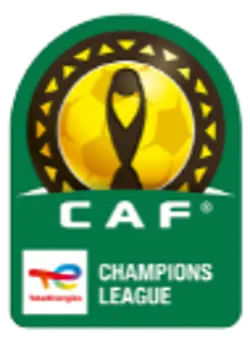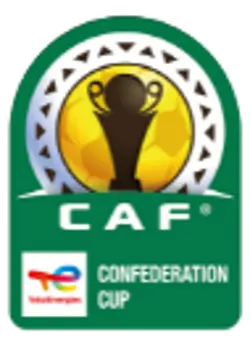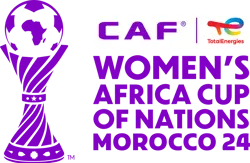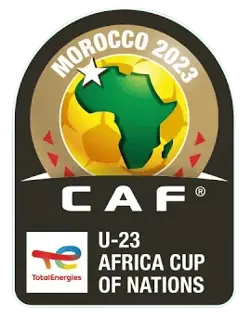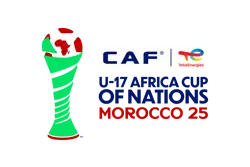From past to present: TotalEnergies AFCON draws shape African football history

The stage is set for another pivotal moment in African football as Johannesburg, South Africa, prepares to host the draw for the qualifiers for the TotalEnergies CAF Africa Cup of Nations Morocco 2025 qualifiers on Thursday.
This event marks the latest chapter in the rich history of TotalEnergies AFCON draws, which have been shaping the continent's footballing landscape for decades.
Since the tournament's inception in 1957, the draws have evolved from simple affairs to grand spectacles, often reflecting the growing stature of African football on the global stage.
Each draw is not just a procedural necessity but a spectacle of its own, often marking the beginning of intense rivalries, surprising underdog stories, and record-breaking journeys.
George Weah, the only African to win the FIFA World Player of the Year award, once said of the TotalEnergies CAF AFCON draw process, "It's not just about determining groups. It's about igniting dreams and setting the stage for heroes to emerge."
While the main draw is the biggest attraction globally, the qualifying draw also provides excitement for football fans across the continent as it gives the sides considered as minnows the chance to stun established giants and make history.
Indeed, past draws have often foreshadowed dramatic narratives. The 2012 draw, for instance, placed Zambia in a group with co-hosts Equatorial Guinea. Few could have predicted then that Zambia would go on to win their first-ever AFCON title in a fairytale run.
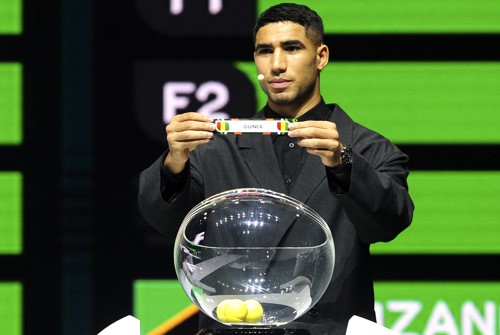
One of the most memorable main tournament draws occurred in 2013 AFCON in South Africa. The host nation found themselves in a group with Angola, Morocco, and Cape Verde.
The Blue Sharks, considered minnows at the time, shocked the continent by advancing to the quarter-finals, demonstrating the unpredictable nature of AFCON draws.
The 2013 draw preceded a tournament that saw Nigeria claim their third title, with Stephen Keshi becoming only the second person to win the AFCON as both a player and a coach.
Another memorable moment came during the draw ahead of the 2006 AFCON hosted by Egypt.
The draw saw the eventual champions, Egypt, placed in a challenging group with Cote d’Ivoire, Morocco, and Libya.
This draw set the tone for one of the most exciting tournaments in history, culminating in Egypt claiming their fifth title on home soil to edge past Ghana as record title holders.
This year's draw, to be held at the SuperSport studios in Johannesburg, promises to be no different.
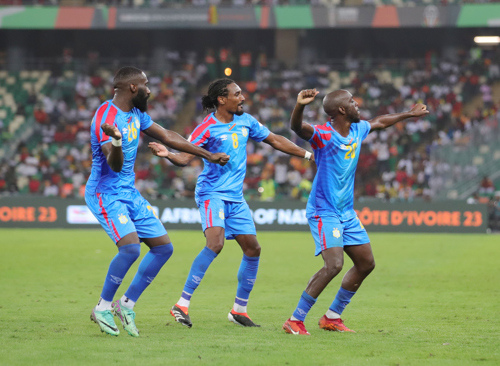
With 48 nations, including preliminary round winners Chad, Eswatini, Liberia, and South Sudan, the draw will determine the groups for the qualifiers, setting the stage for the tournament in Morocco.
Reigning champions Cote d’Ivoire, along with African powerhouses such as Nigeria, Senegal, Egypt, Cameroon and Algeria, await their fate alongside emerging teams eager to make their mark.
Thursday's draw at SuperSport studios will see the 48 nations drawn into 12 groups of four teams each.
The qualifiers, scheduled to kick off in September 2024, will determine the 24 nations that will compete in Morocco in 2025.
The draw represents the first step on the road to what promises to be a spectacular tournament in a country with a deep passion for the sport.

